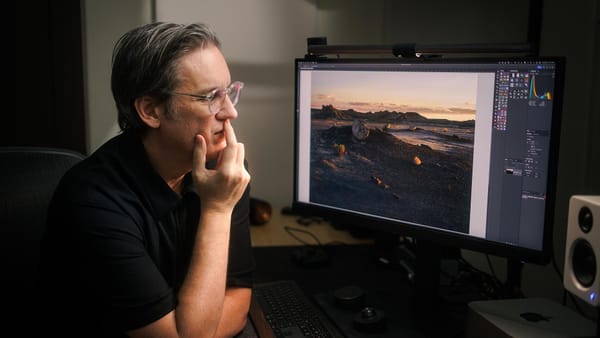Tips for visiting and photographing Lofoten, Norway
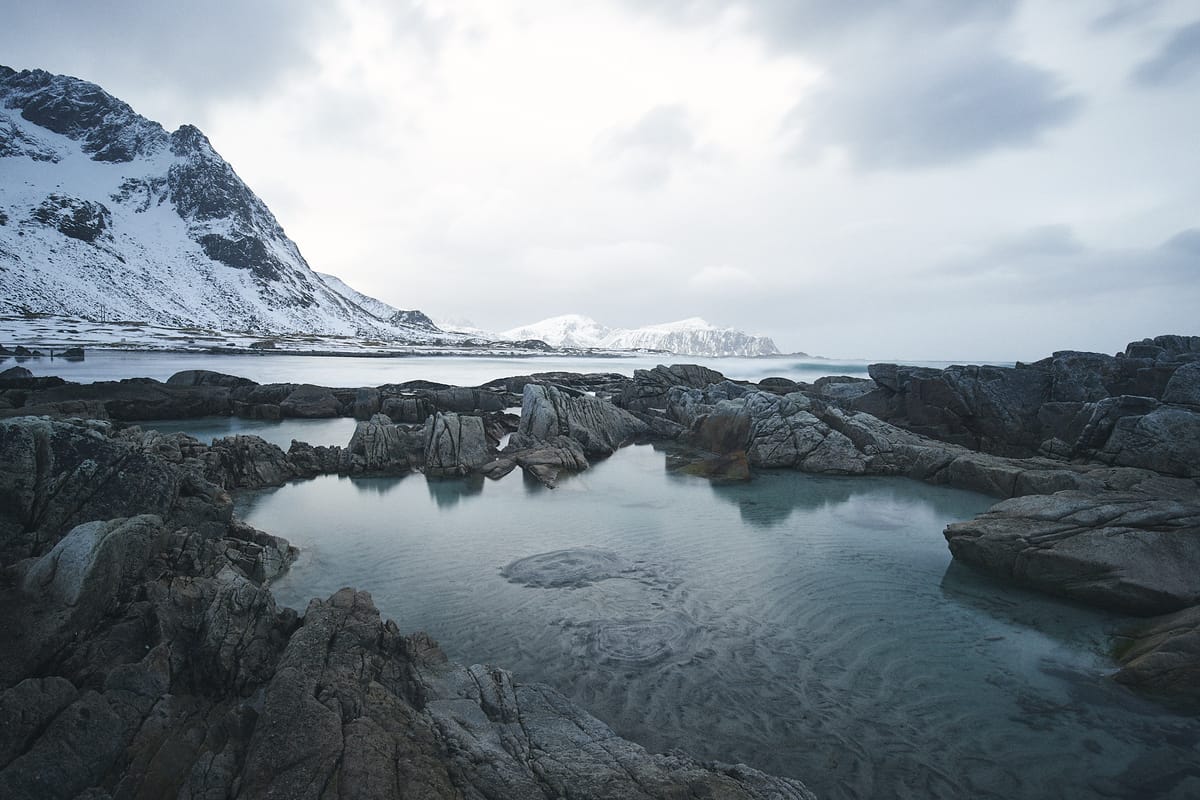
Lofoten, Norway is a popular archipelago located two-hundred kilometers above the arctic circle. With its stunning fjords, beaches, and mountains, it’s an ideal location for landscape photography.
Here’s how to get there, locations to shoot, places to stay, as well as a few practical tips.
Getting to Lofoten, Norway
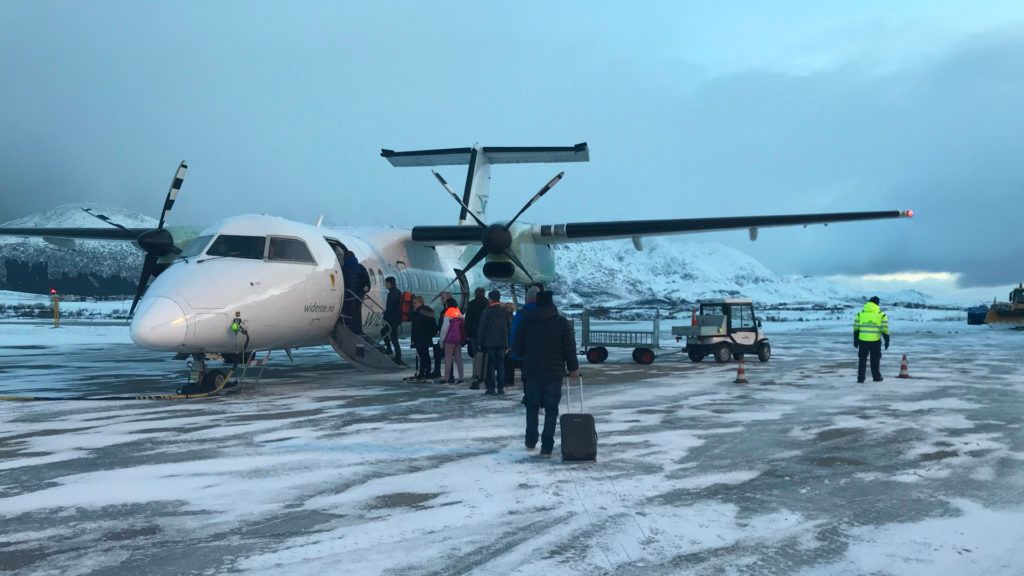
Unless you happen to live in Norway, it’s not possible to fly direct. Most visitors have to take a series of connecting flights.
From the United States, I flew to JFK, Reykjavik, Oslo, Bodo, then Leknes (LKN). The final flight was on board a small plane capable of carrying only a handful of people.
LKN is tiny and offers few flights throughout the day. There’s one terminal, one baggage turnstile, and one counter to pick up a rental car. That’s about it.
Landscape photography spots in Lofoten
Lofoten, Norway is a hotspot for landscape and travel photography. Everywhere you look, dramatic snow-capped peaks rise from the water. Giant black boulders with distinctive red fishing cabins surround the fjords. Waves crash and spray along the beaches.
Additionally, Lofoten is easy to get around and explore. The archipelago is compact with one main road (E10) cutting through its center like a vein. The road runs alongside the fjords, making them easy to access when carrying heavy gear.
Fjords

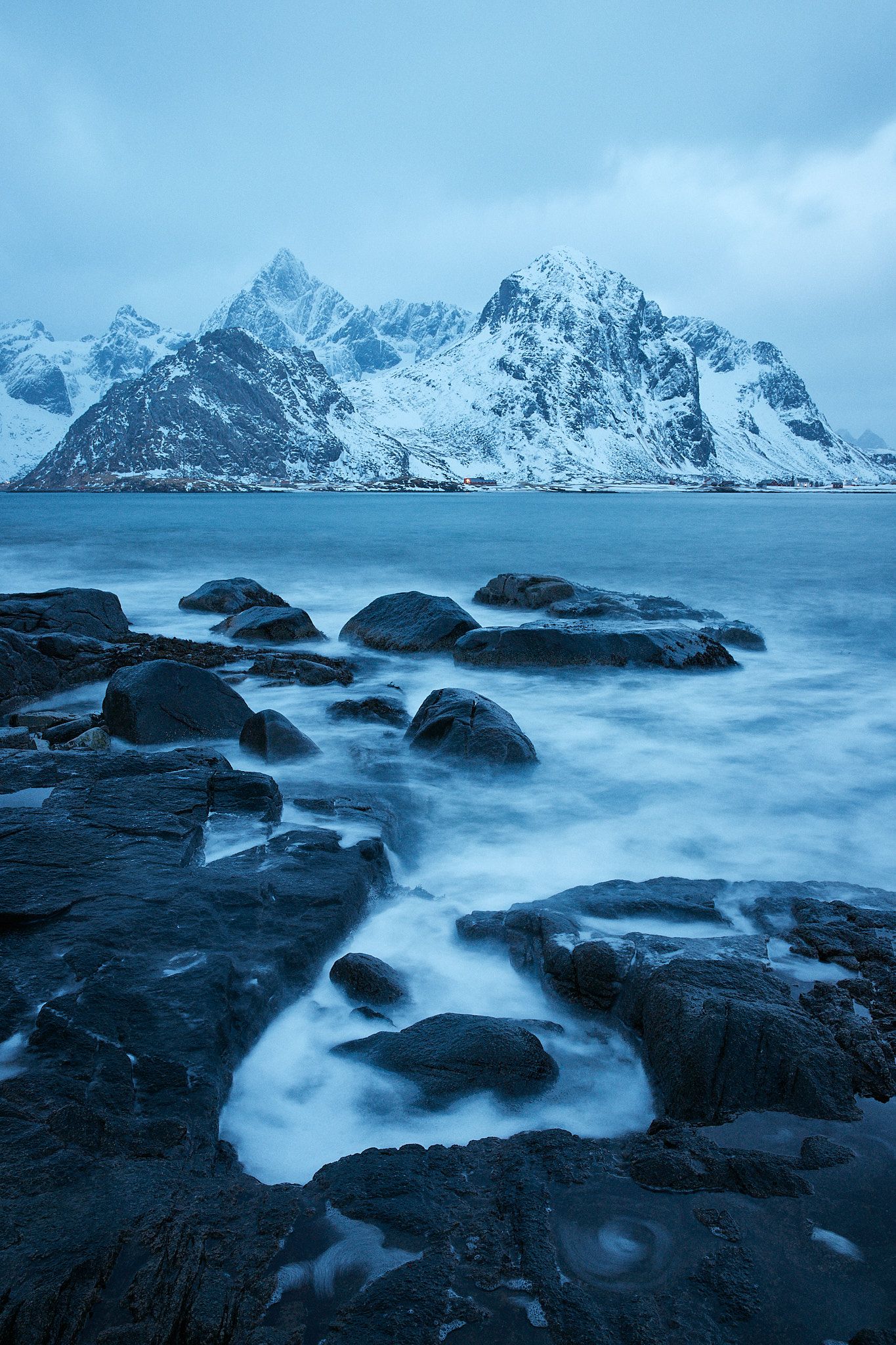
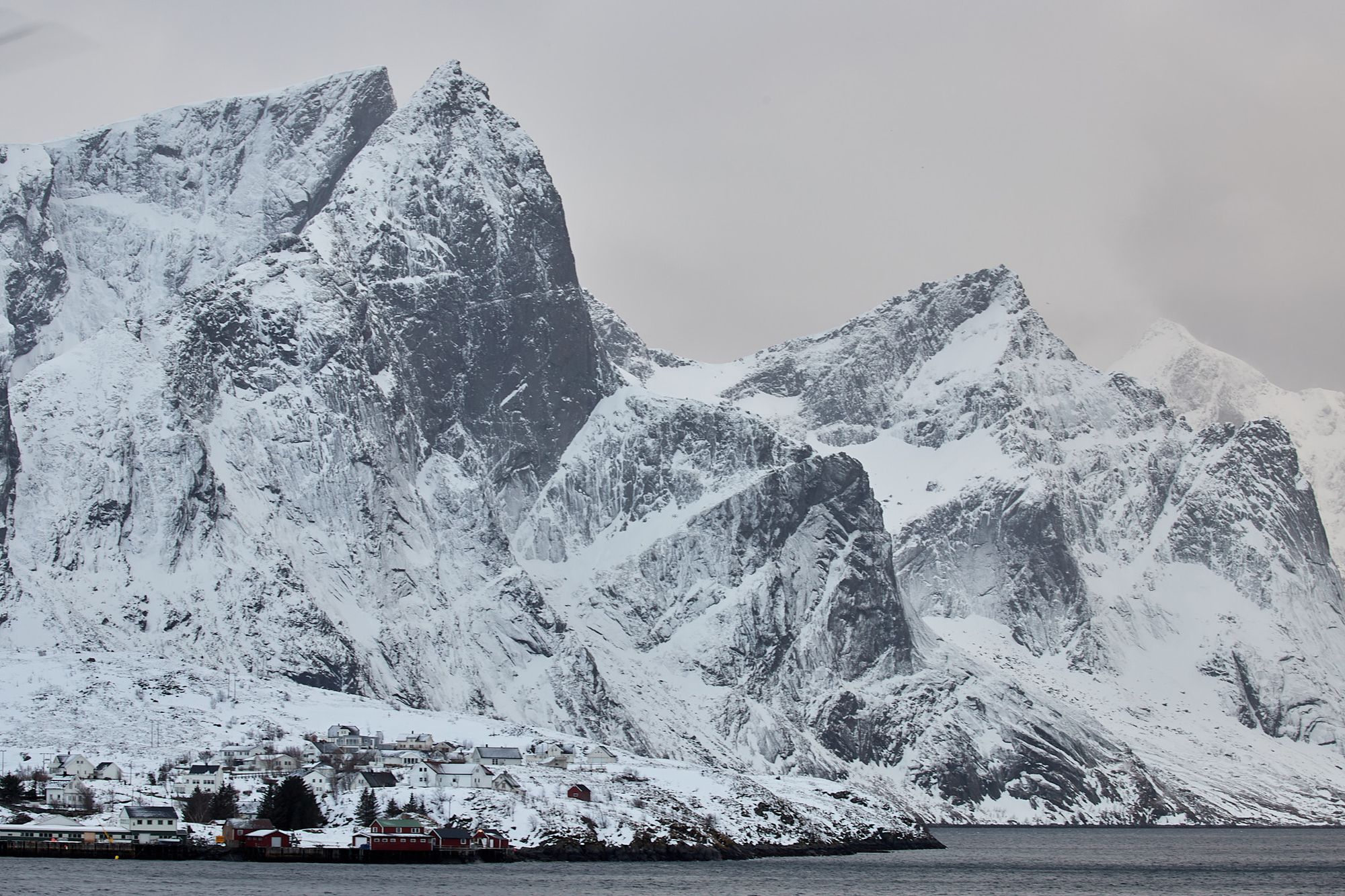
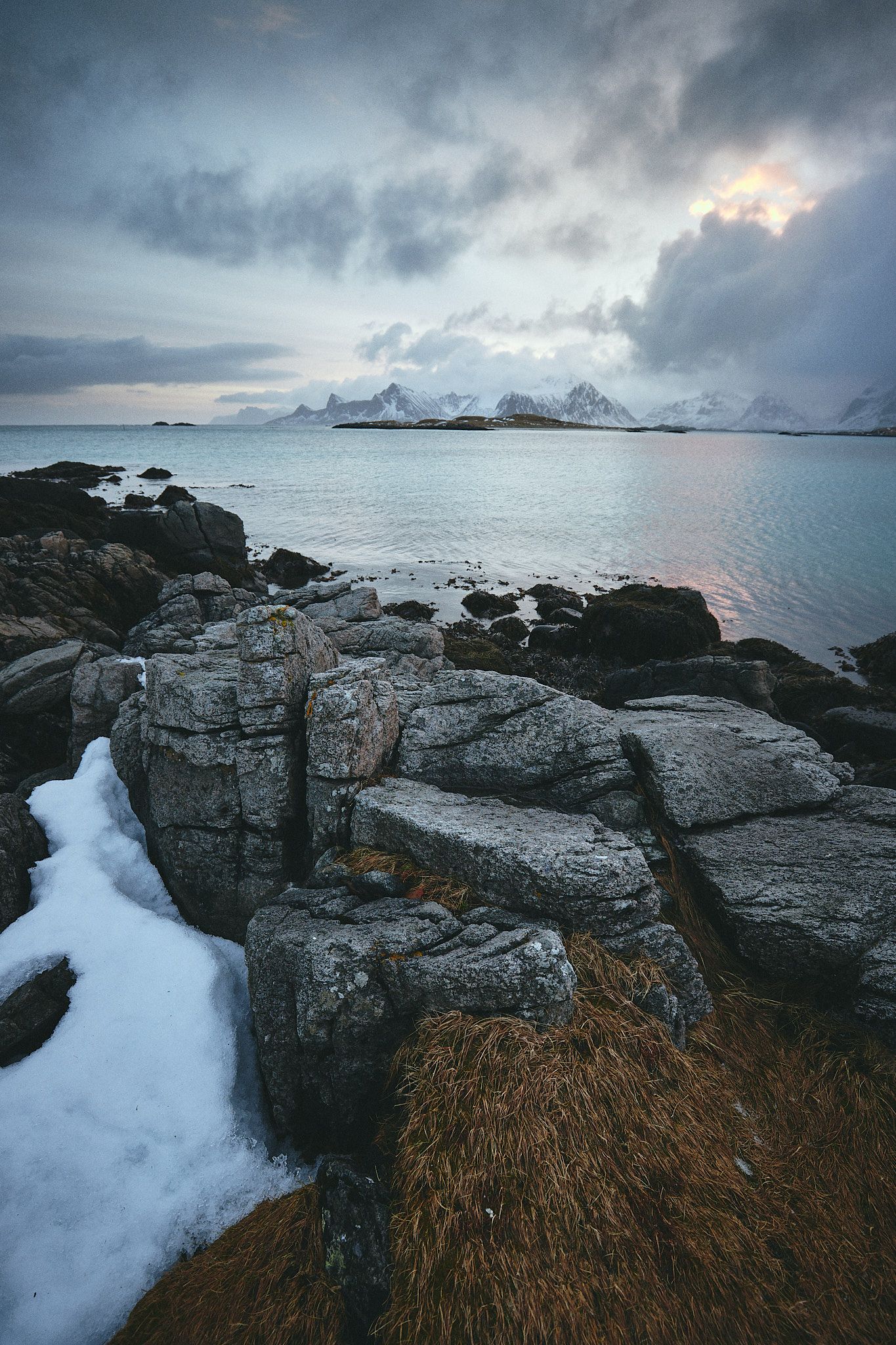

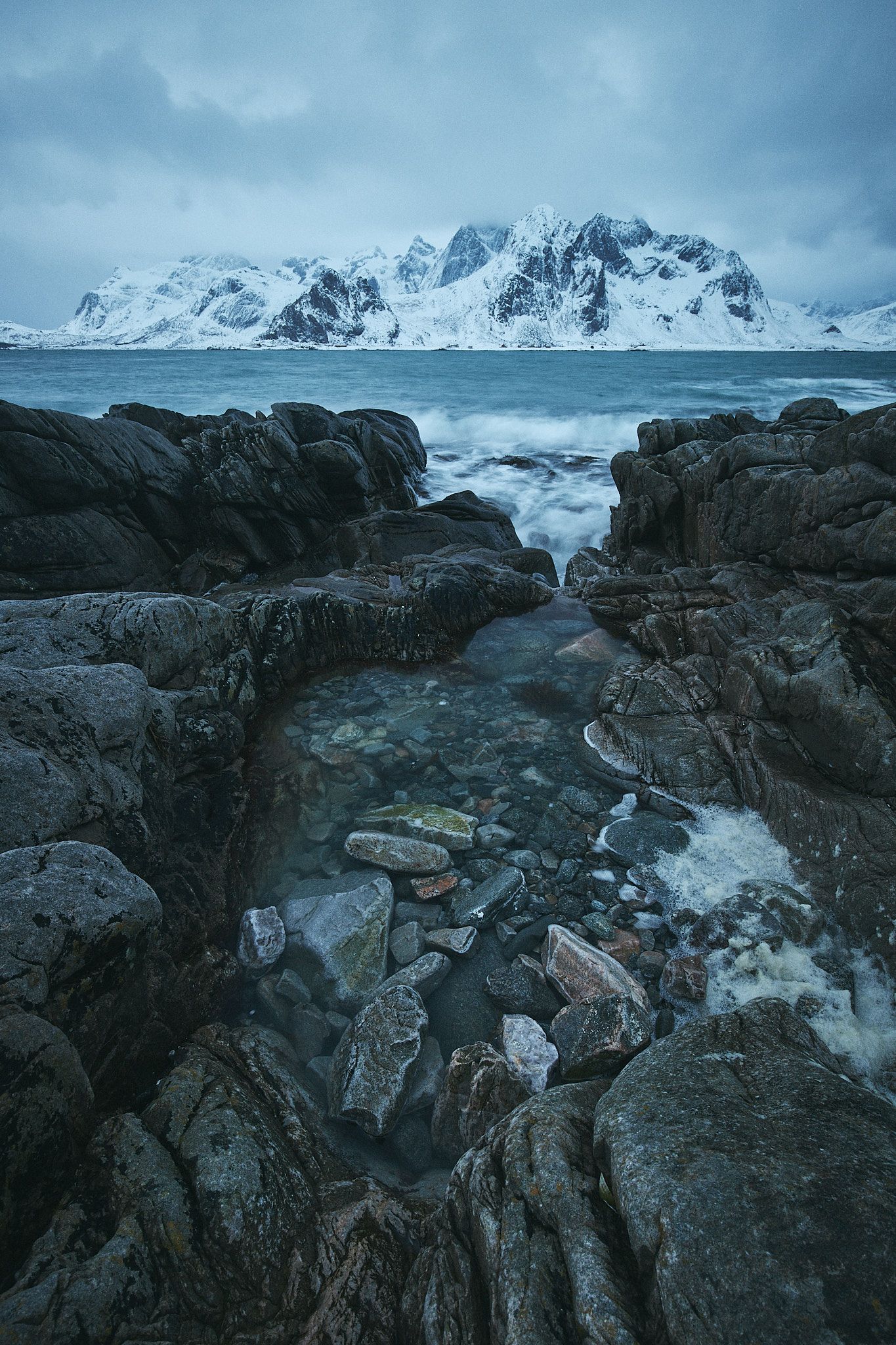
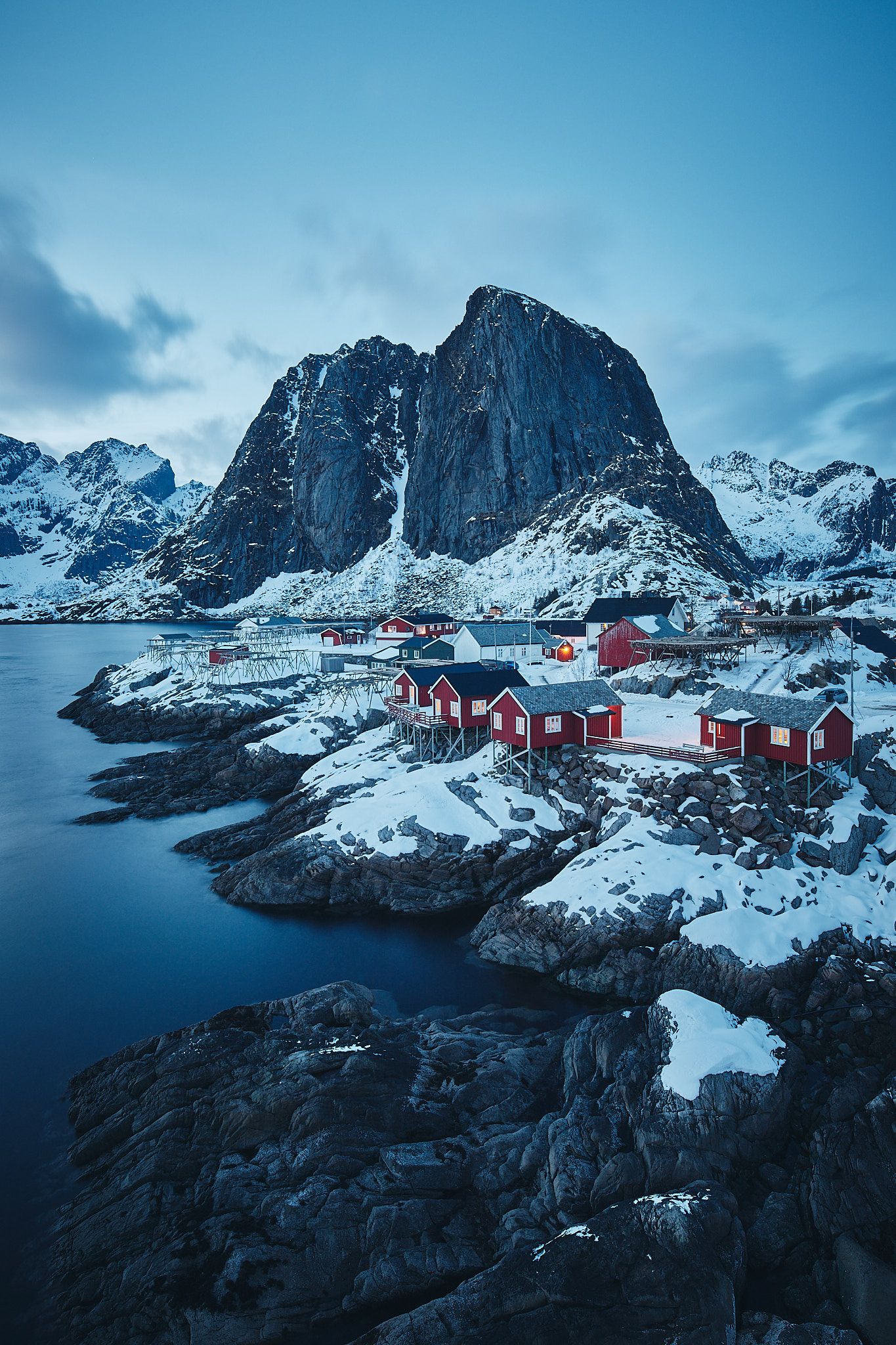
Of all the fjords I visited, the area around Vareid was my favorite. Most people drive-through here without stopping, but for photography it’s ideal. I visited Vareid at least once a day, especially at sunrise and sunset.
Villages
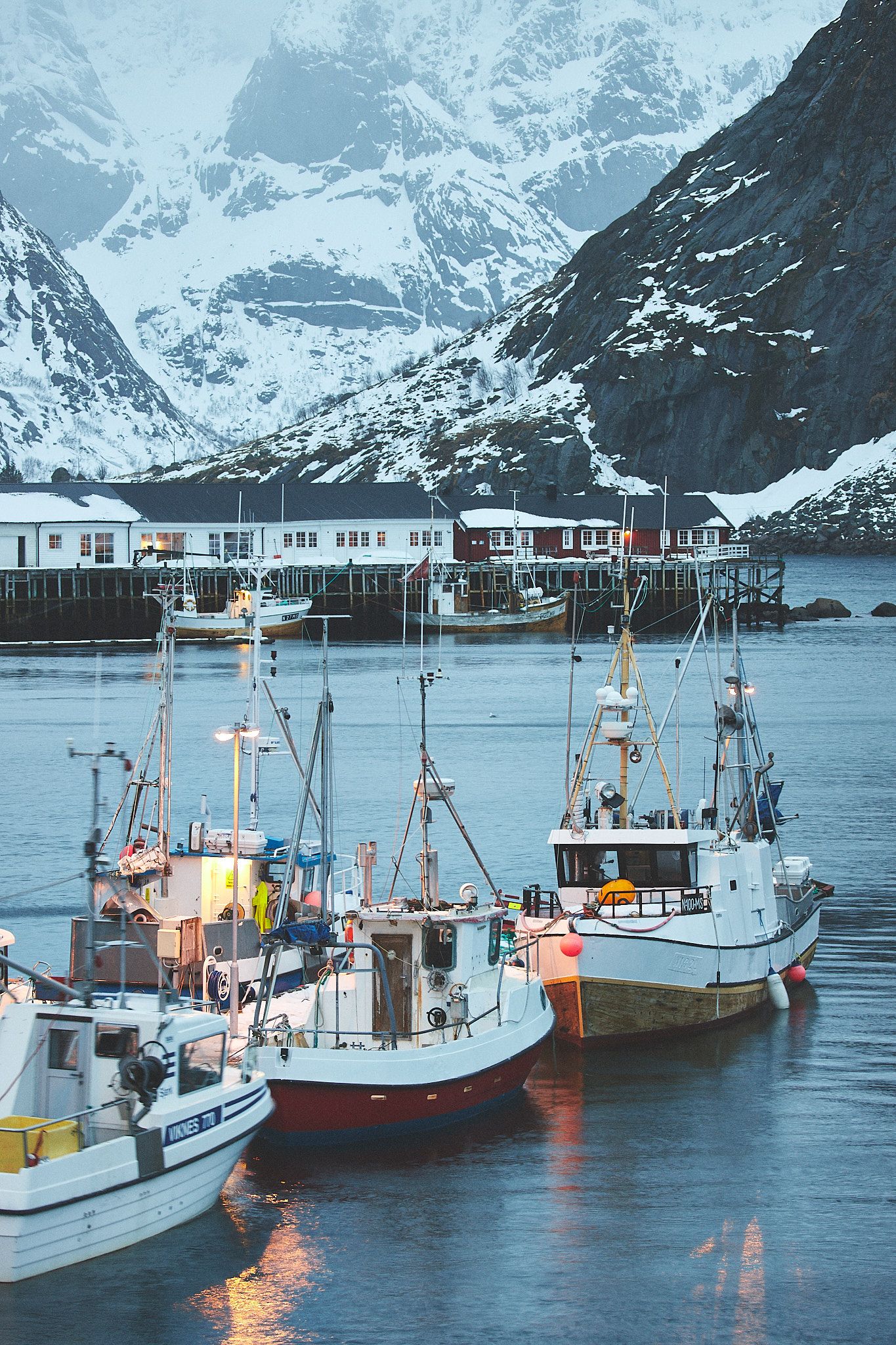
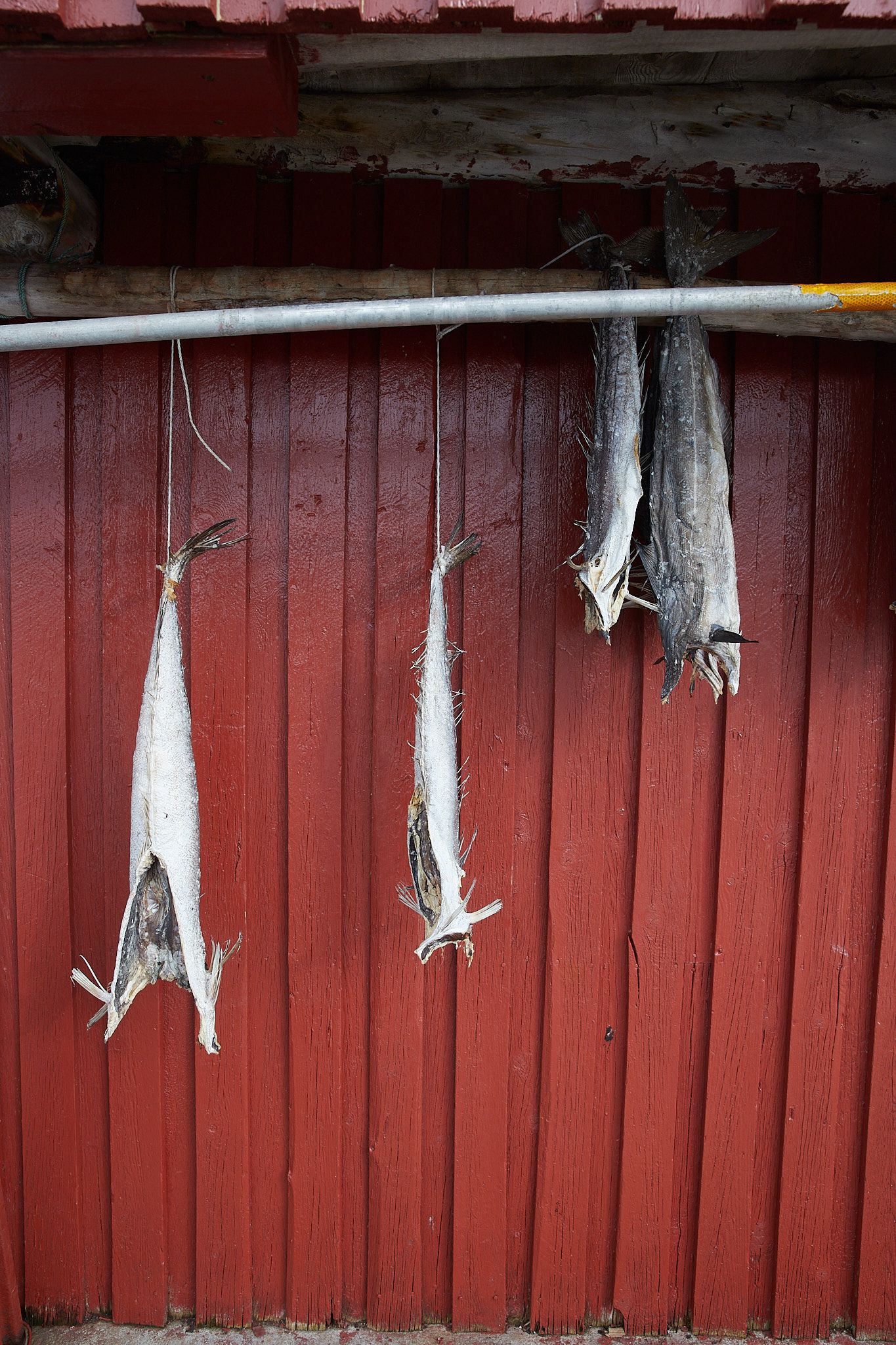
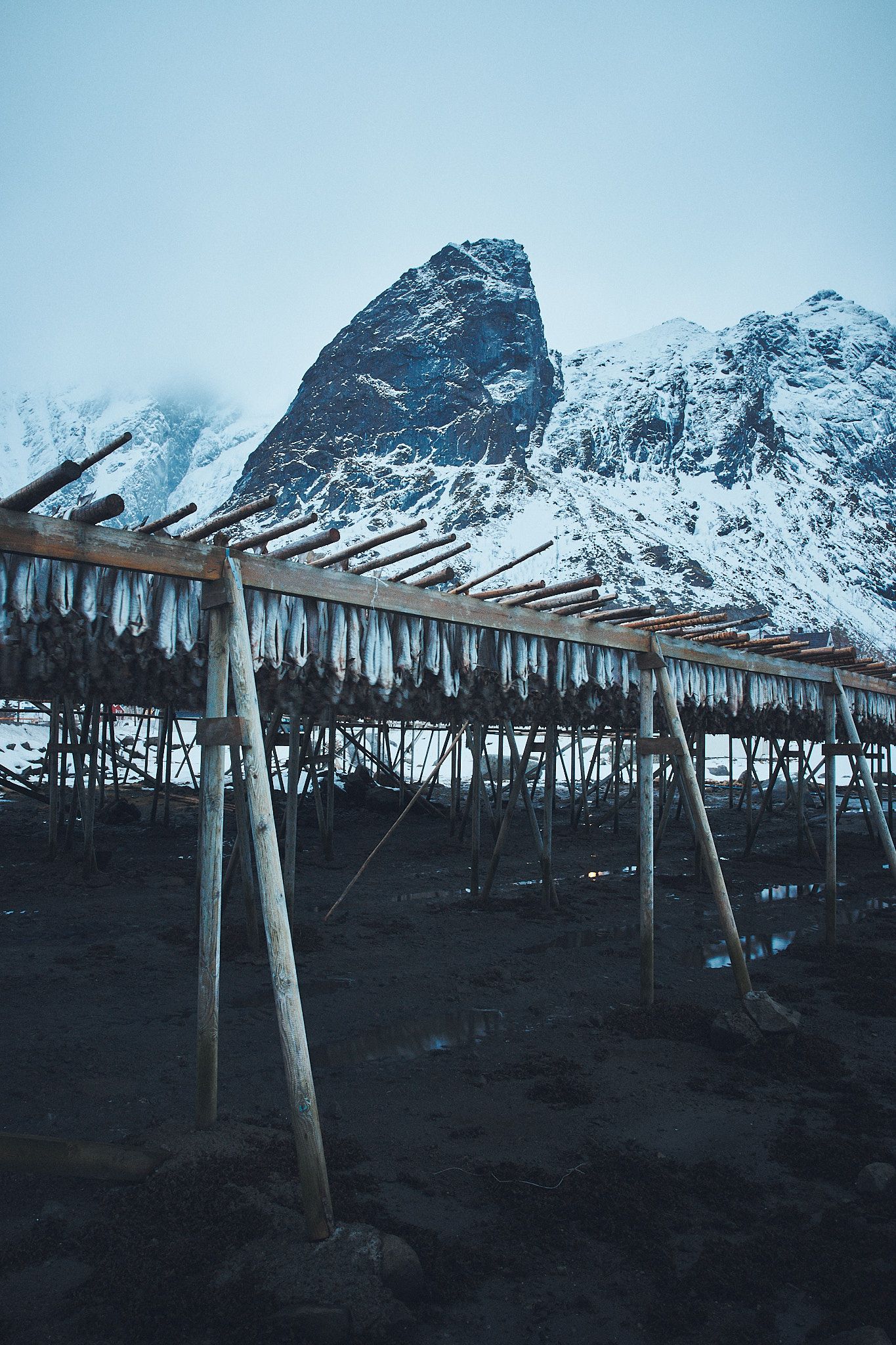
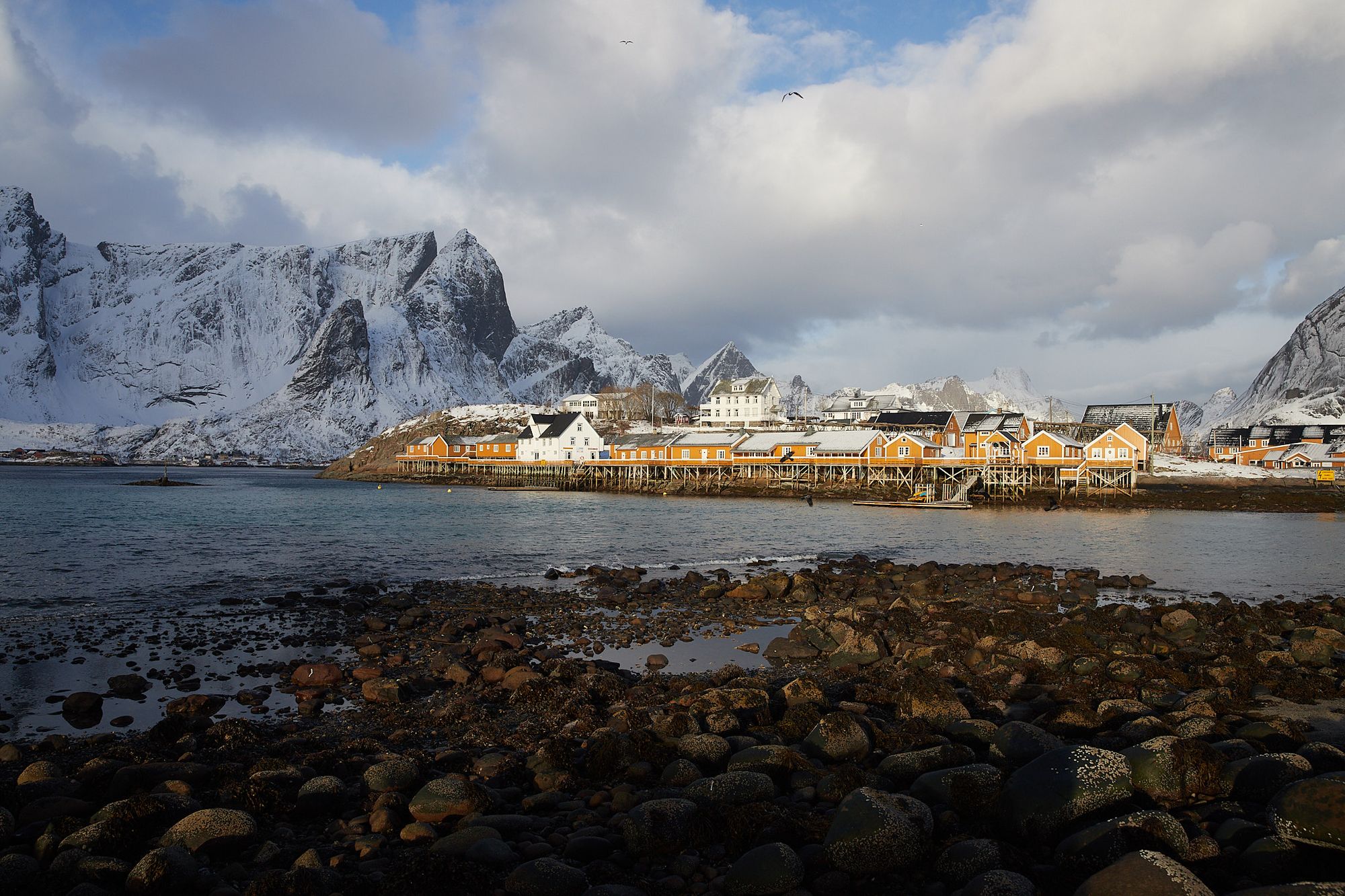
The villages of Reine, Hamnøy, and Ballstad are minutes apart by car. Each is perfect for photographing Lofoten’s local culture and commercial fishing. This economy has been part of Lofoten for centuries.
In the afternoon, photographing boats, cabins, and drying fish are great ways to spend your time.
Beaches
If you have time, one place you should definitely consider visiting is Unstad Beach. It’s a drive from more touristy areas, but the landscape is phenomenal. You will likely see surfers riding waves wearing head-to-toe wet suits, even in winter.
Closer to Reine and Hamnøy is Skagsanden Beach. The beach itself is impressive, but I most enjoyed photographing its shallow pools of water and rocks at low tide.
Places to stay in Lofoten
With a local-to-tourist ratio somewhere in the ballpark of 1:40, Lofoten has few residents comparatively. Not surprisingly, Lofoten offers plenty of accommodations, from budget hostels to boutique hotels to renovated fishing cabins.
Here are a couple of places I stayed, plus two additional options for your consideration.
Catogården
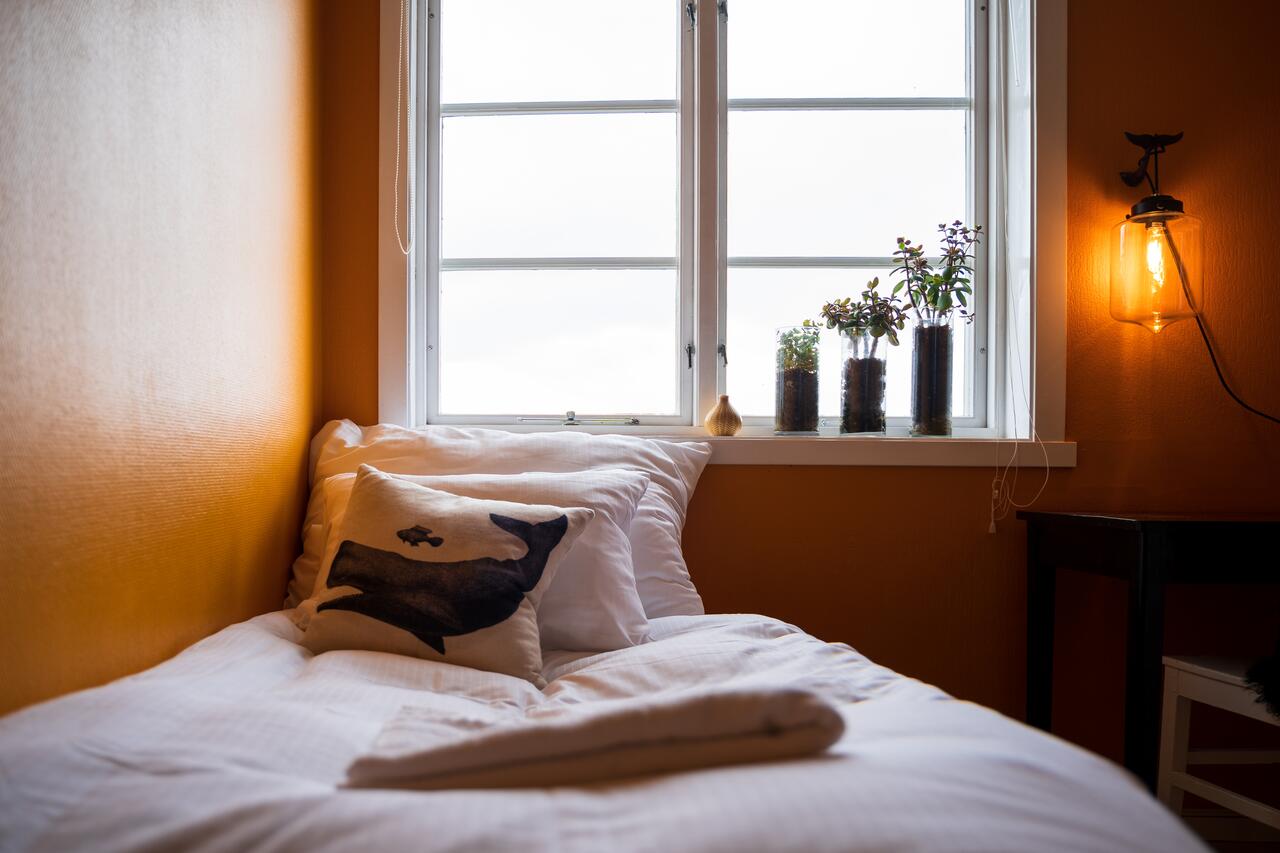
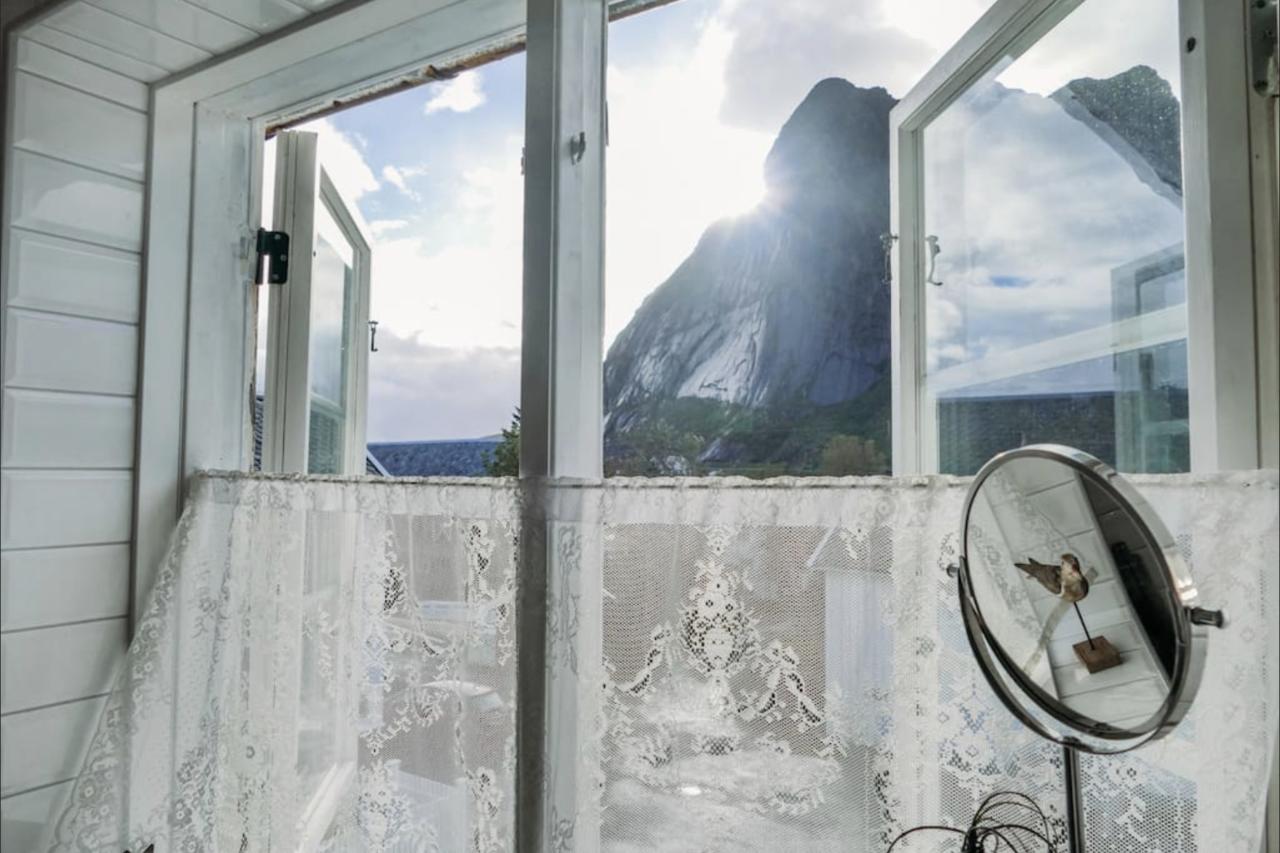
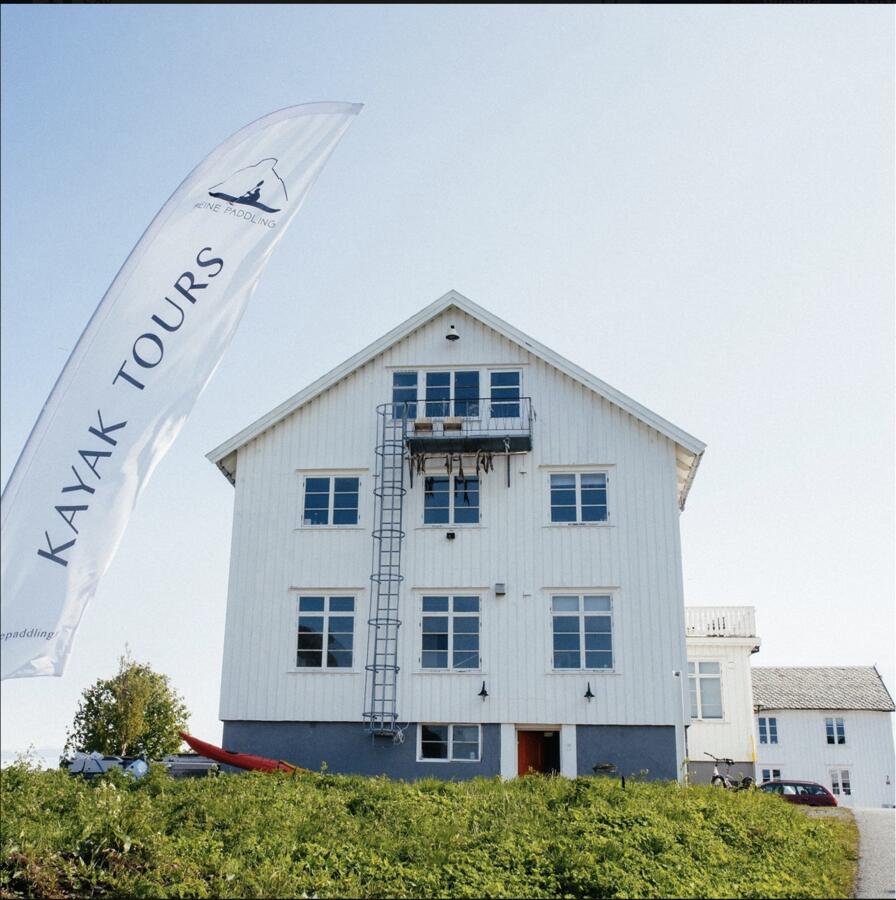
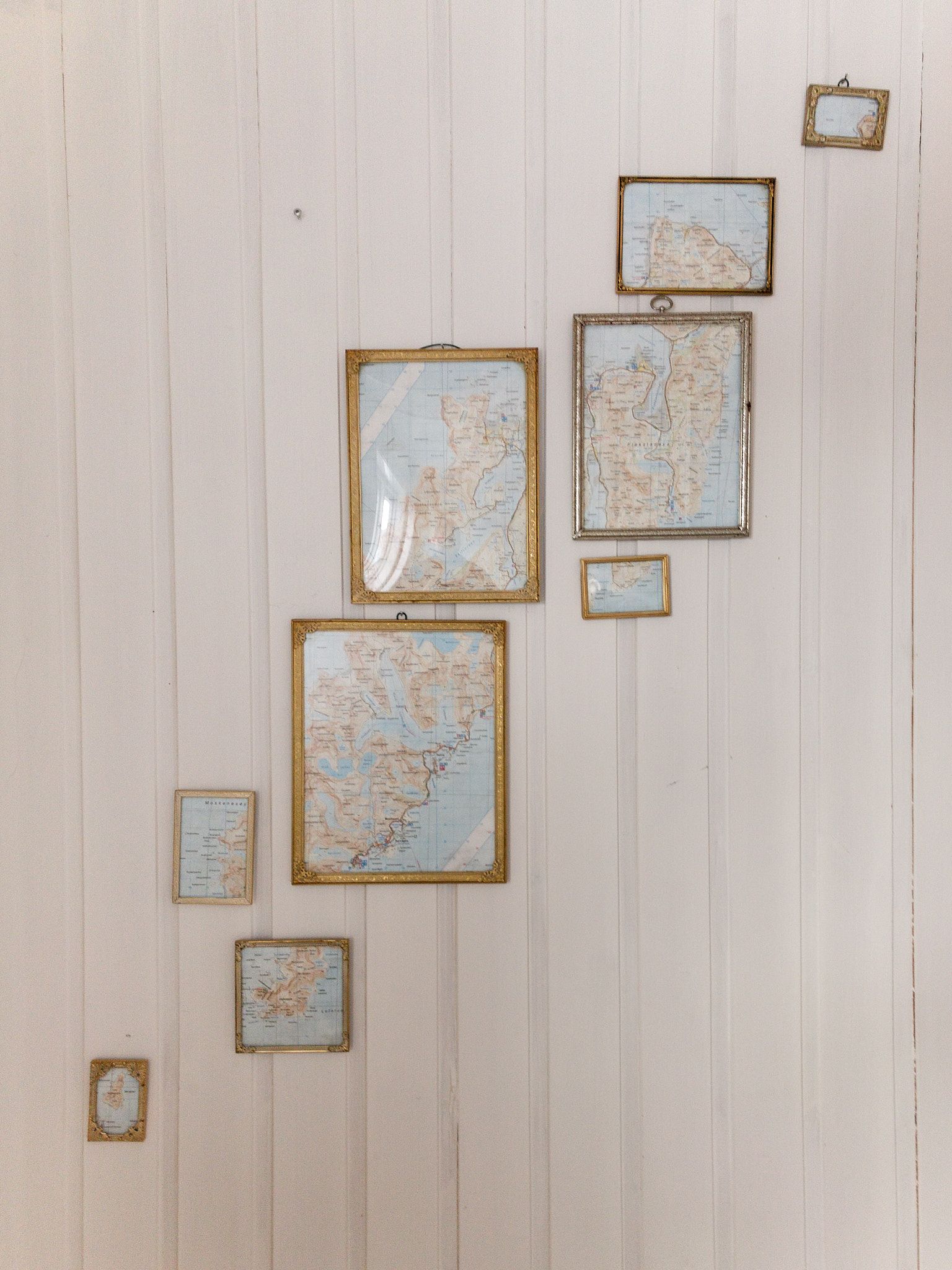
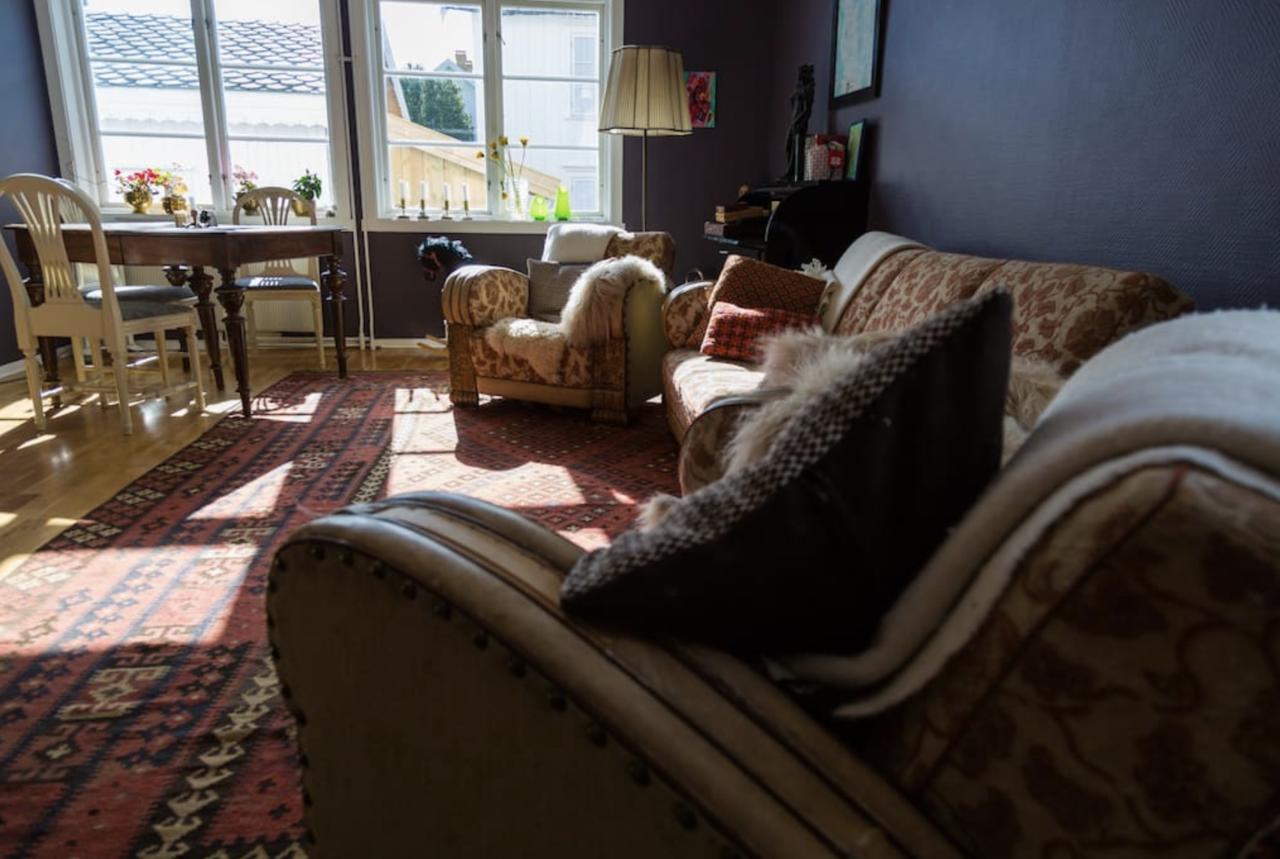
Centrally located on the Reine peninsula, Catogården Boutique Home and Activity Center feels like home. The boutique hotel is owned and operated by a family that lives on the top floor. Rooms are private and spacious. There are no private bathrooms, but the shared bathrooms on the second-floor hallway are constantly cleaned and stocked.
In Reine where Catogården is located, there are small restaurants as well as a gas station that sells just about everything (including pizza and sandwiches). For photographs, walk back towards the bridge overlooking Reine for an unforgettable (and frequently photographed) shot.
When I arrived at Catogården, I was greeted at the door by the family’s youngest son dressed as a pirate. Inside, a fire was burning in the fireplace, and guests were congregated in a communal living room discussing the likelihood of an aurora borealis that evening (spoiler: it didn’t happen). The owner also spent considerable time showing me where everything was, including wall-mounted air dryers to dry wet boots. Overall, Catogården was a warm, welcoming, and enjoyable home away from home.
Hattvika Lodge
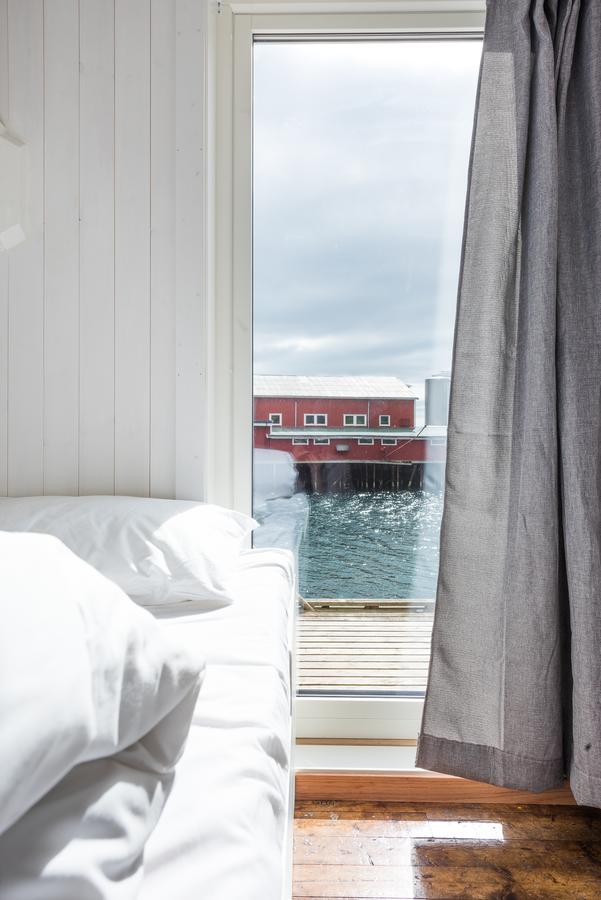
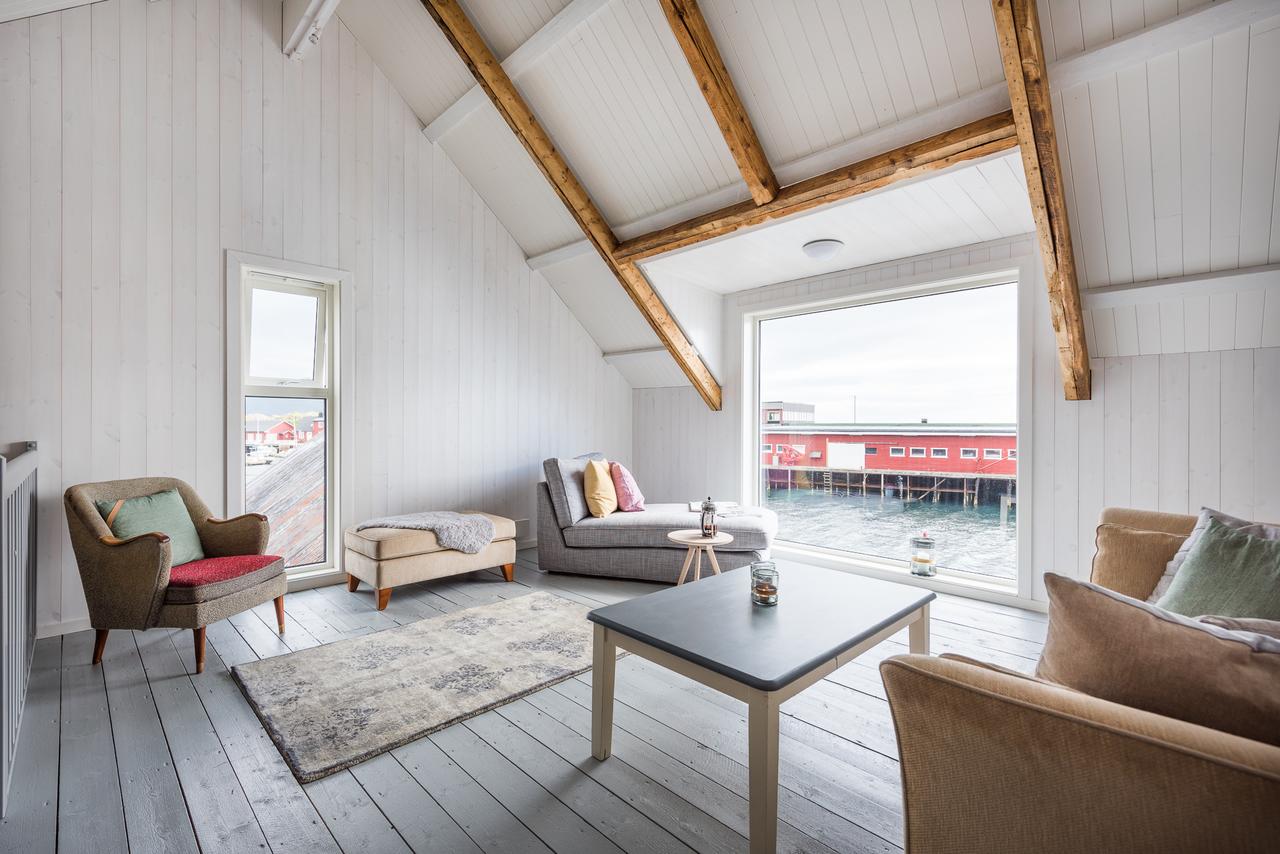
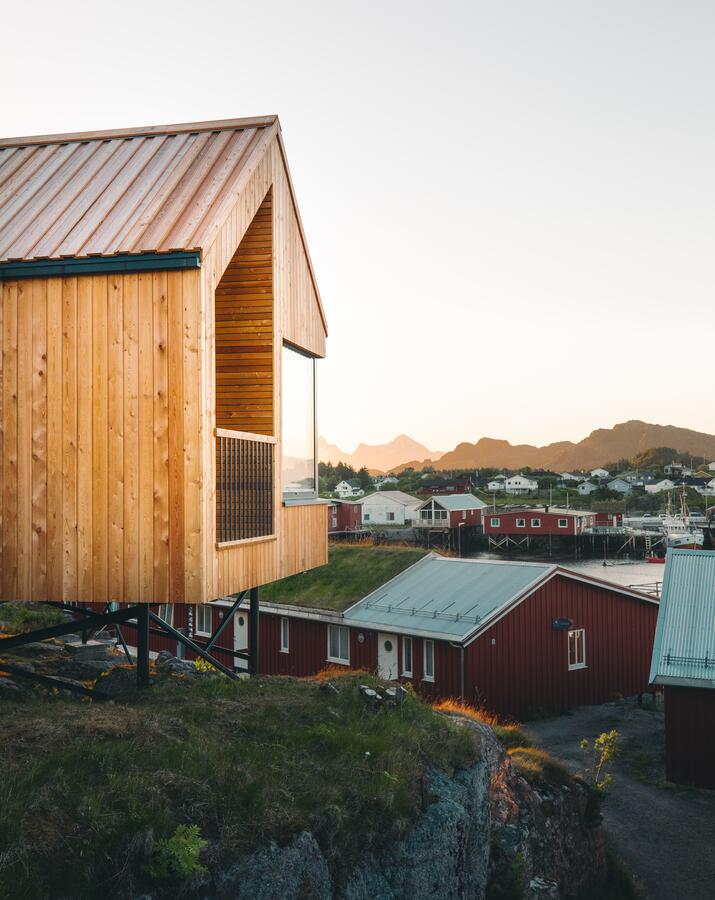
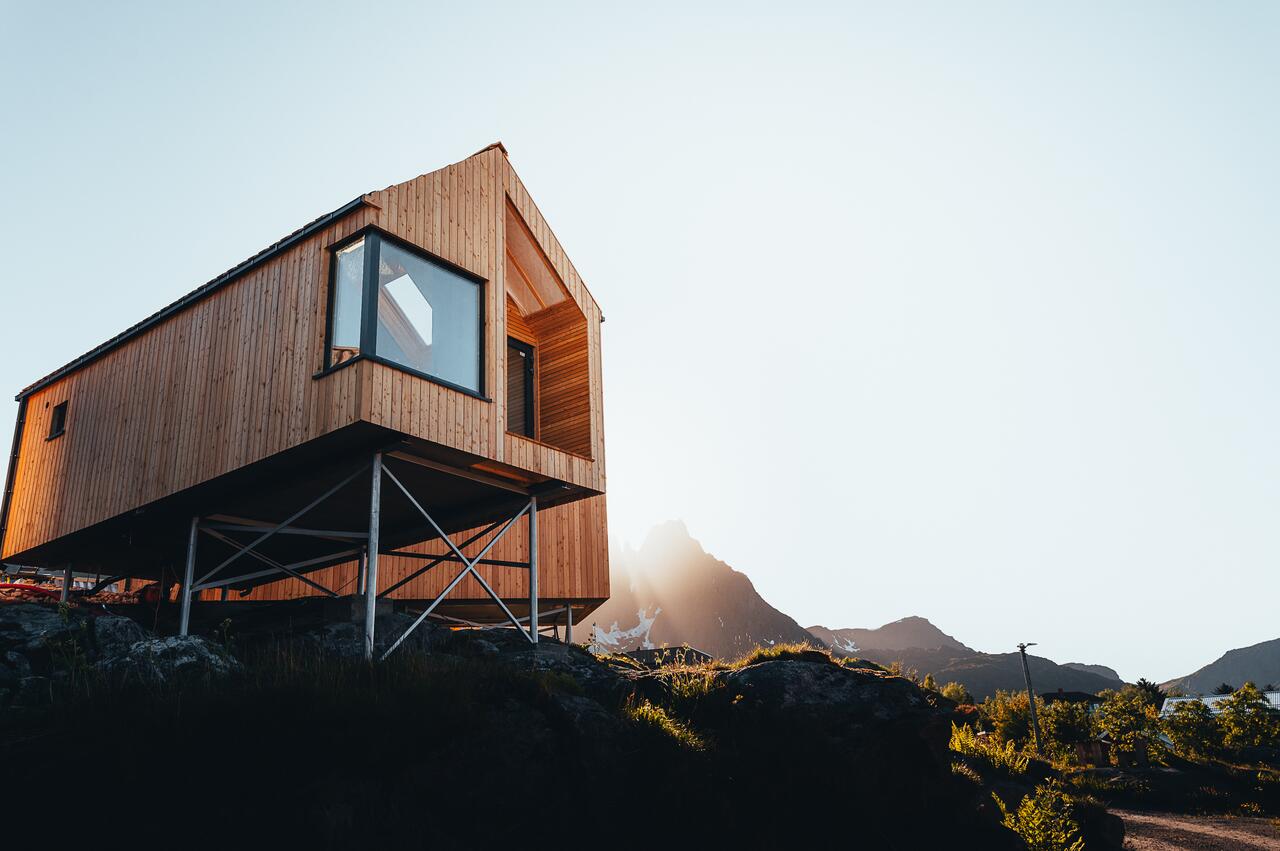
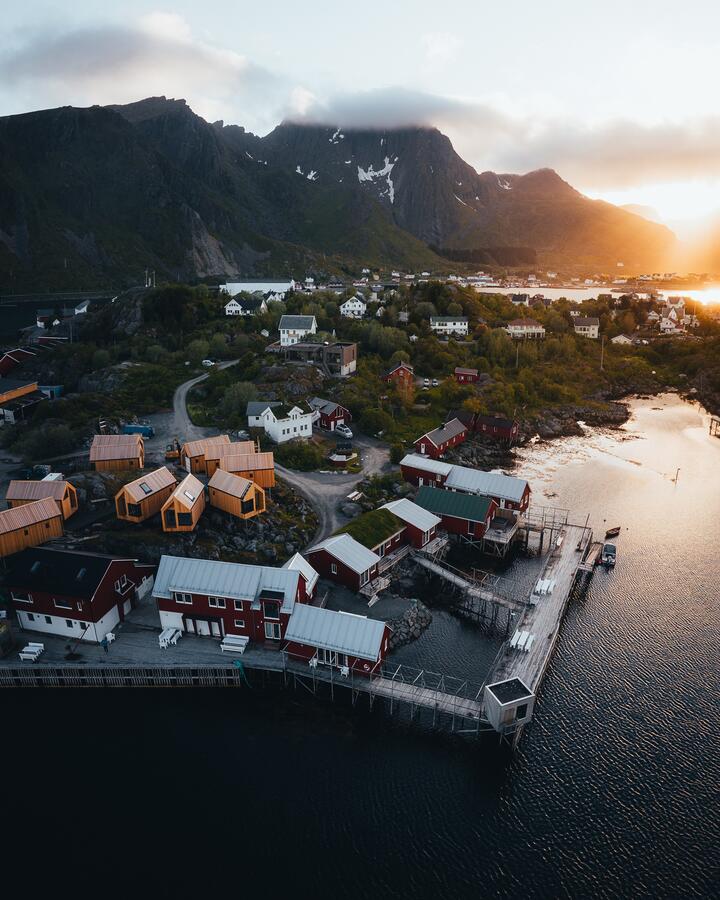
For an off-the-beaten-path experience, check out the small fishing village of Ballstad. Here, you can stay at the Hattvika Lodge—private, modern fishing cabins overlooking the sea. Cabins come with private bathrooms, kitchens, and some even have wood-burning stoves and hot tubs. The Lodge is only 10km away from E10 (the main road through Lofoten). On a map, it may appear far away from more popular areas, but everything in Lofoten is within a short drive so it’s really not a problem. You might also save a little money, comparatively.
Ballstad Fish Factory
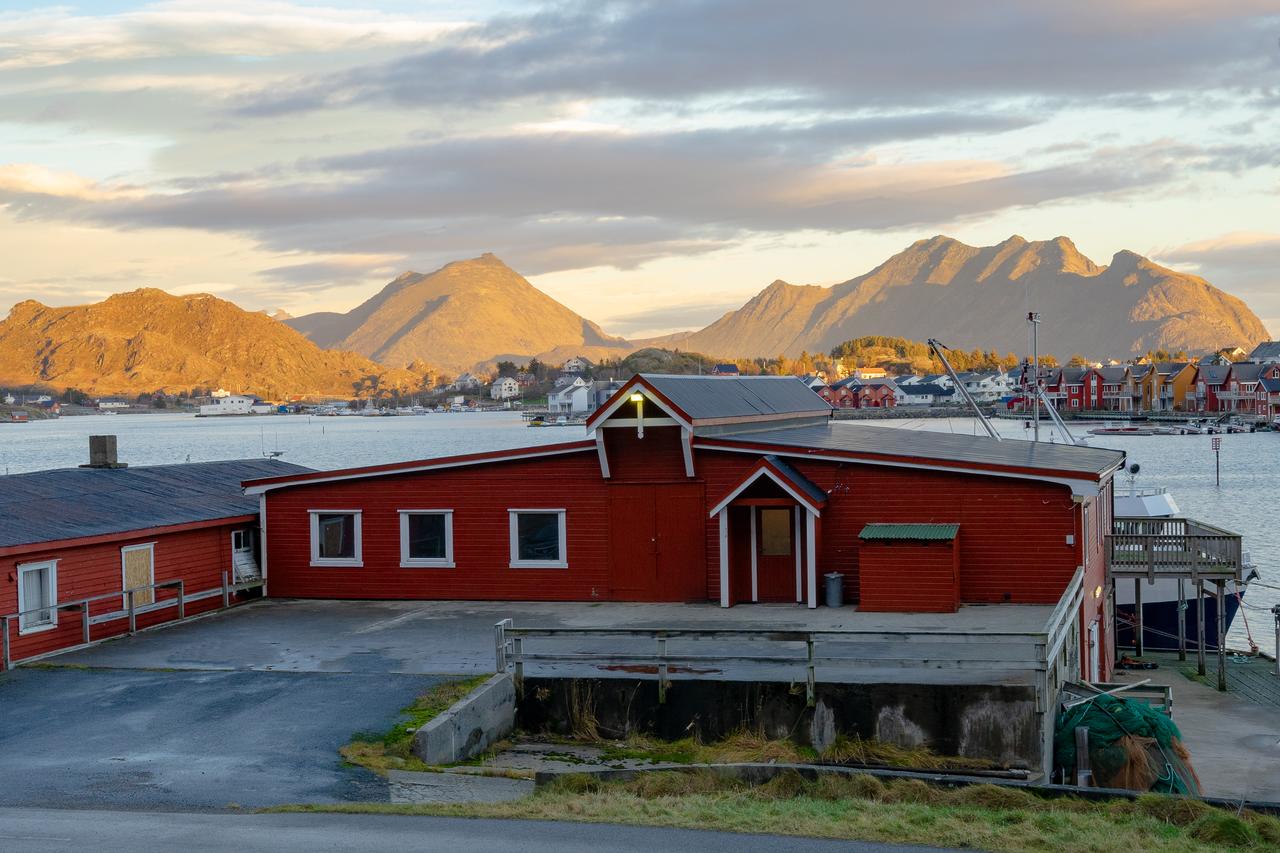
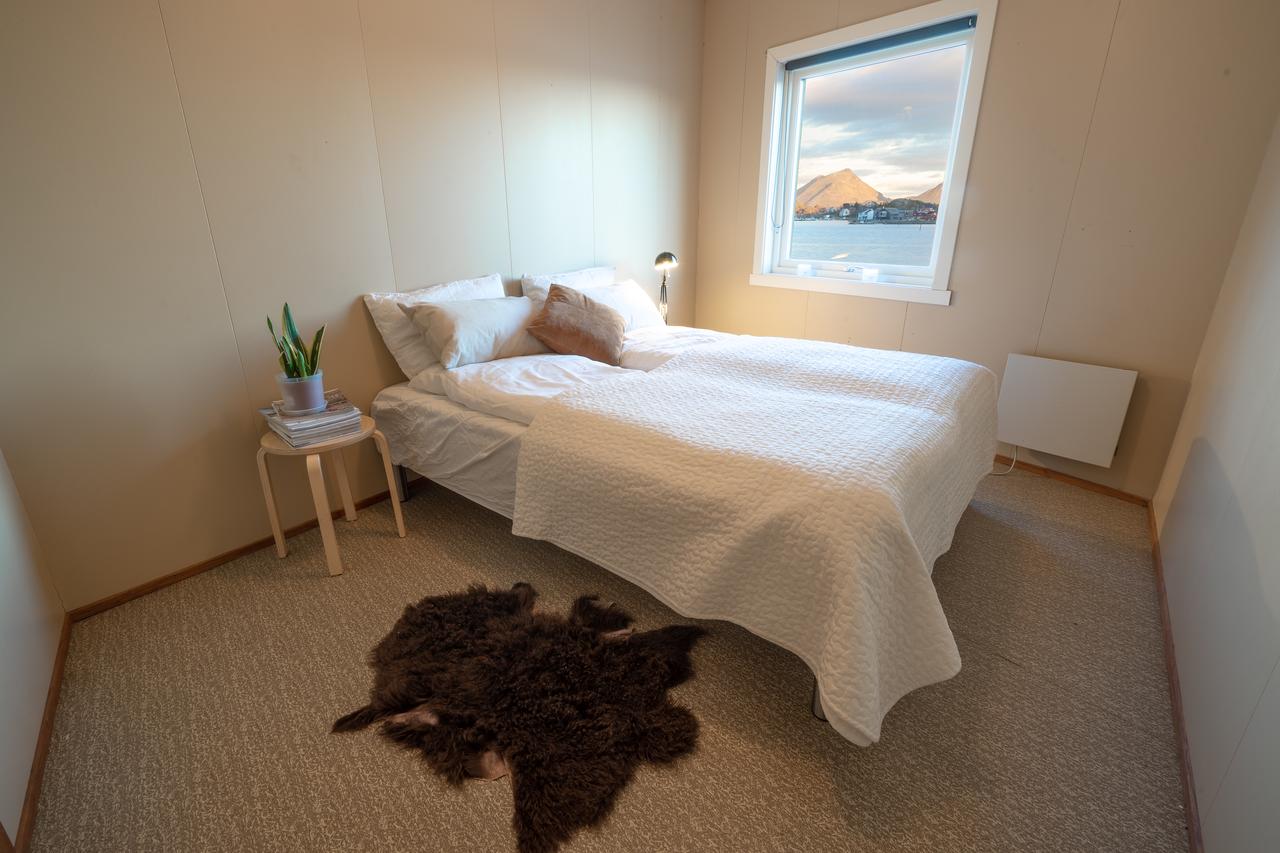
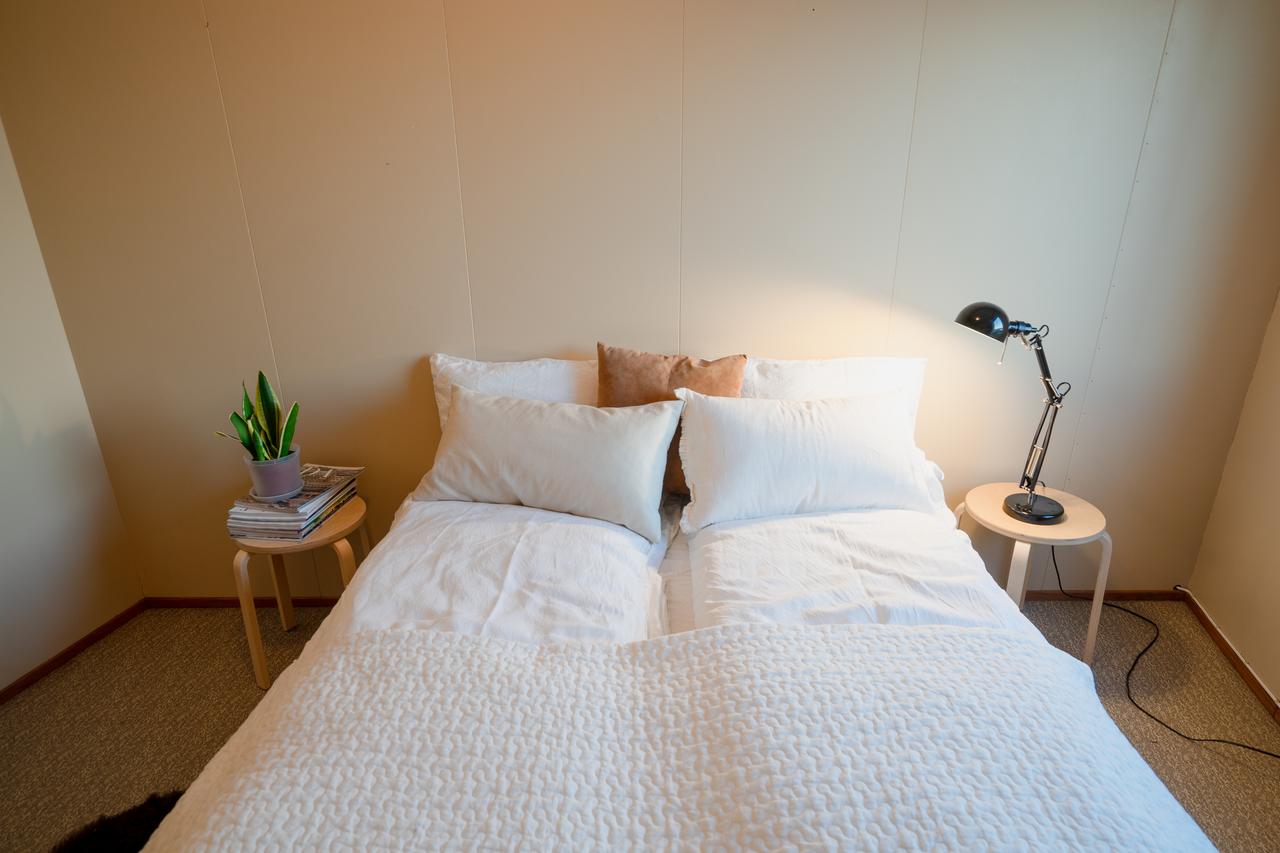
If traveling on a budget and you don’t mind sharing a place with other travelers, also consider the Ballstad Fish Factory. This charming red fisherman’s cabin is home to an actual fishing business by day. I spoke with the owners and learned how they’ve been catching, drying, and shipping fish for generations (all the way back to the days of Vikings).
Each room (of which there are only 5 or 6) is private with one shared bathroom in the hall. Communal living space and kitchen are also available for guests to use (one night I helped make dinner with complete strangers from South Africa and Germany). If that sounds like your cup of tea, Fish Factory is an affordable option.
Eliassen Rorbuer


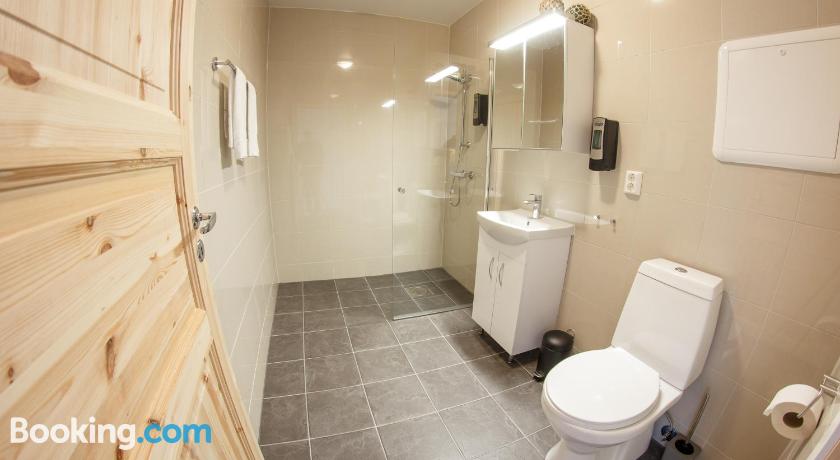
Want to stay in a real, red fishing cabin? Well, you can. Eliassen Rorbuer offers cabins centrally located in the town of Hamnøy. Each cabin is private and well-appointed, with some cabins offering views overlooking the fjord. I haven’t stayed at Eliassen Rorbuer, but I spoke with other people who did and they enjoyed their stay.
Practical tips for Lofoten
Here are a few practical recommendations and tips about Lofoten so you know what to expect. Some of these points are subjective and based on my own experience, so keep that in mind.
You’ll be (mostly) eating in restaurants
Once you drive away from Leknes Airport and start heading south, your options for food outside of restaurants will be slim. If you prefer cooking yourself (or you just want to save money), make a stop at the main grocery store in Leknes. Their store is large, modern, and offers just about everything. I loaded up there with enough food for an entire week.
Even if you plan on not eating-out, one place you should absolutely visit is Anita’s Sjømat in-between Hamnøy and Reine. Amazing fish sandwiches, salads, desserts, and local foodie souvenirs to take home (hint: lots of dried fish and salt). Also, a fantastic spot to spend some quiet downtime.
Pay attention to sunrise and sunset times
When I was there in March, I was stunned to see sunrise move back nearly fifteen minutes each day. By the end of my trip, I was waking up an hour earlier than the day I arrived. Keep this in mind when planning your landscape shots around morning light.
Weather is unpredictable
They say in Iceland if you don’t like the weather, wait five minutes. In my experience, Lofoten is more severe. Snow, sleet, rain, strong wind, and then out of nowhere, blue skies and calm breezes, all within a single day. Make sure to bring adequate clothing and footwear.
Keep an eye on aurora borealis predictions
I didn’t see any aurora borealis during my trip, but you might! While in Lofoten, check websites and ask locals what they know. My host at Catogården checked aurora borealis predictions and informed guests of their likelihood.
Everyone in Lofoten speaks English
Locals grow up learning English as one of their second languages, so if you speak English as I do, you won’t have any trouble communicating.
Appropriate for kids?
I traveled alone, yet I kept wondering how the experience would be with children. I point this out because Lofoten doesn’t offer typical entertainment options for kids. There is little for kids to do outside of hiking and perhaps kayaking when the weather is warm. The fjords are also rocky, wet, and a bit dangerous for kids to be climbing around. If your kids are into nature and being outdoors exploring, they’ll probably love it. Just something to keep in mind from someone who’s dragged his kids to a few less than exciting places.
Video from Lofoten
To experience photographing Lofoten first-hand, here’s a travel vlog video I created while I was there.
Questions about Lofoten?
Happy to answer questions if you’d like to reach out and say hello.



